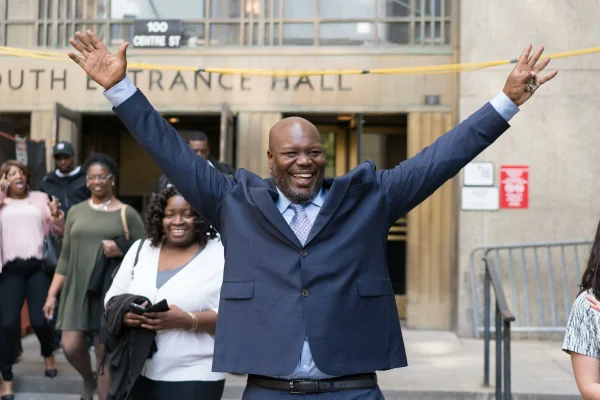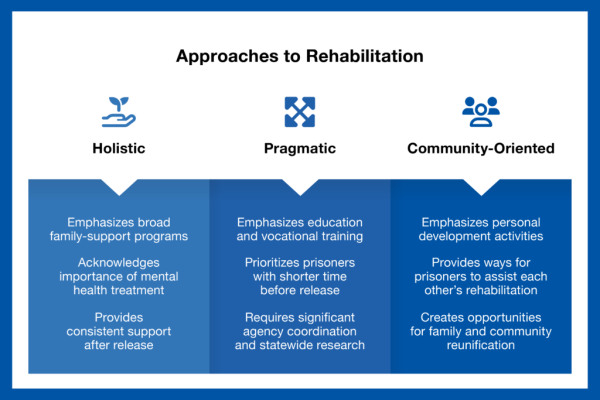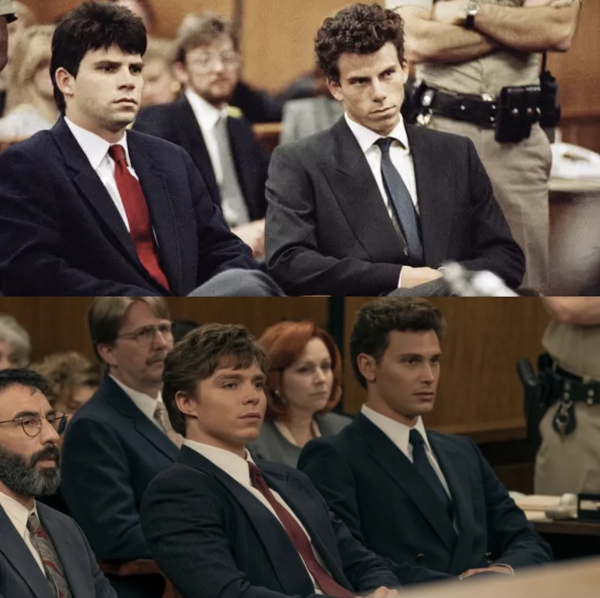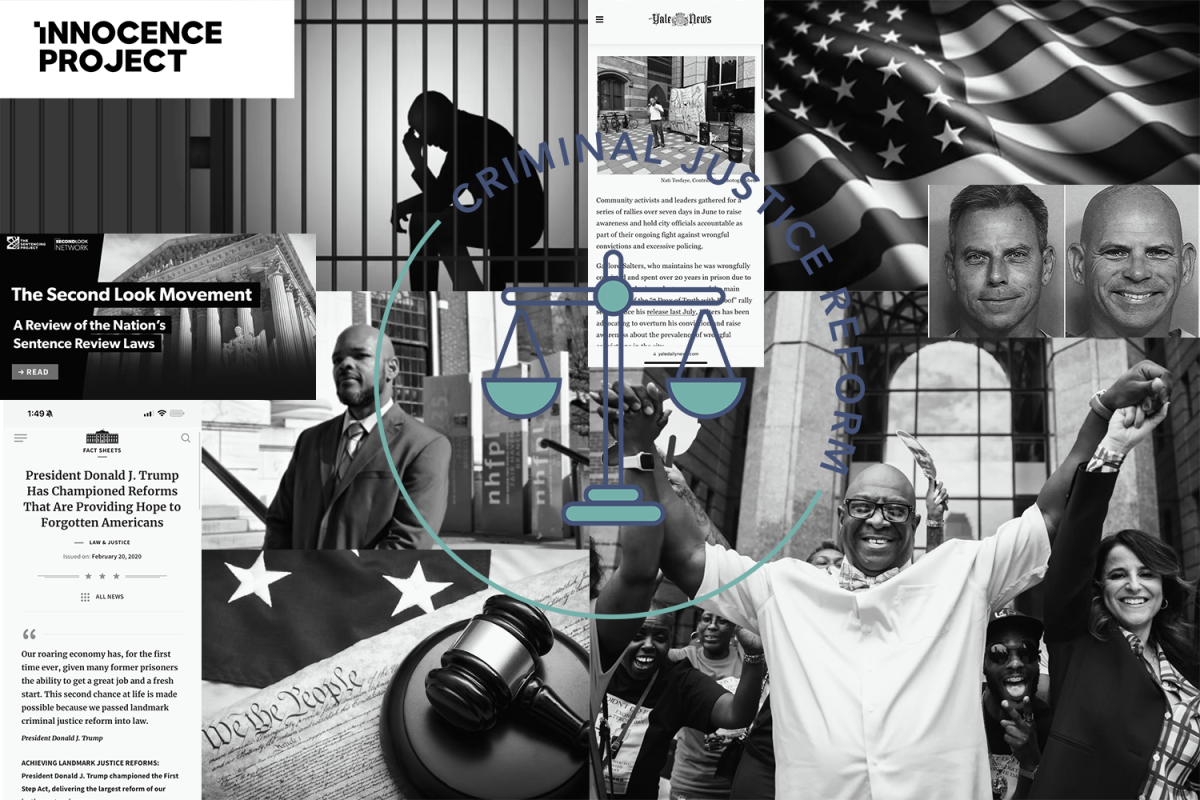The growing understanding of trauma’s impact on human behavior drives reforms in the United States (US) justice system, making it clear that cases from the 1970s to the 1990s need a second look. During that era, the US Department of Justice dismissed abuse as a factor to consider during sentencing, which led to unjust outcomes. For example, public outrage and perceptions overshadowed the Menendez brothers’ case and marked it with severe allegations of abuse, preventing people from understanding it through the lens of trauma. Additionally, today’s justice system emphasizes trauma-informed perspectives and rehabilitation reforms. It also recognizes that incomplete understandings of abuse may have marred past convictions. Mr. Gaylord Salters’ is a living example of how prison rehabilitation reforms can change someone, demonstrating that certain inmates deserve a second chance in society. Although crimes committed are inexcusable, it is time for the courts and society to embrace this progress by re-examining old cases with empathy and fairness, ensuring that the courts apply justice evenly and compassionately.
The US justice system ushered in a punitive, “tough on crime” era in the 1970s. By the 1980s and 1990s, the justice system regularly dismissed critical factors like abuse and trauma in violent cases, according to owu.edu. Judges and juries maintained strict views, particularly in cases involving male abuse. Cultural perceptions of masculinity, trauma, and issues related to abuse limited empathy for those who did not fit societal norms. However, a more nuanced understanding of trauma’s role in crime has influenced both public and judicial perspectives in 2024. Modern juries and judges are now more receptive to trauma-informed approaches, recognizing that abuse and trauma can significantly impact cases and outcomes, according to nbcnews.com. This progress underscores the importance of revisiting past cases with empathy and fairness to ensure justice is served equitably.

The Innocence Project works to exonerate wrongfully convicted individuals and advocate for justice reform. Their commitment to advocacy for policy change goes beyond individual exonerations. It aims to reform the broader criminal justice system. Through legislative initiatives, the organization champions measures such as mandatory recording of police interrogations and the regulation of forensic evidence use to prevent misuse. Public awareness campaigns and partnerships with civil rights organizations amplify these efforts, ensuring the fight for justice roots in transparency and systemic change. By pushing for laws that support fair trials and equitable treatment, the Innocence Project strives to build a just judicial framework, according to innocenceproject.org. These efforts highlight the importance of a justice system prioritizing fairness and accuracy, reinforcing the need for comprehensive reforms that serve all individuals.
The US Department of Justice has also driven many states to reform sentencing guidelines to emphasize proportionality and fairness. Consequently, lawmakers introduced the “second look” policy in 2023, allowing mechanisms and compassionate release for certain cases. This reform reflects society’s increasing willingness to consider the psychological and social factors that shape criminal behavior. Such changes illustrate the emerging belief that society must become adaptable and empathetic, especially for those who have suffered abuse or hardship, according to sentencingproject.com. This shift highlights why it is essential for courts and society to reconsider past cases with a renewed commitment to empathy and fairness, ensuring justice reflects progress. A recent example of this shift is in California’s Assembly Bill 600, which underscores the trend toward more flexible and compassionate sentencing practices.

Moreover, the US Department of Justice’s prison reform efforts prioritize a holistic approach to inmate rehabilitation, aiming to curtail recidivism. These initiatives include structured educational programs, vocational training, and mental health support. Through tailored assessments, inmates receive access to resources that address their unique challenges, fostering skill development and personal growth. By embedding these programs into the prison system, the reforms seek to prepare individuals for a smoother reintegration into society, promoting public safety by equipping former inmates with tools for a productive, law-abiding life. Through these programs, incarcerated individuals can transform and become ready to rejoin society positively, according to justice.gov. This progress emphasizes that justice must be adaptable and humane. Courts and society must recognize the potential for change, revisiting past cases with compassion to ensure justice is faithfully applied. For instance, the Bureau of Prisons (BOP) identifies inmates’ criminogenic needs from the start of incarceration to create personalized reentry plans. This early assessment ensures inmates receive targeted services to aid rehabilitation and reduce recidivism.

Mr. Lyle and Mr. Erik Menendez’s killing of their parents, Mr. José and Mrs. Kitty Menendez gained national attention in 1989, rooted in the brothers’ accounts of years of abuse from their father. At a time when society often met male victimhood and trauma with skepticism, the case underscored how the justice system limited its approach to understanding context. The recent Netflix documentary introduced the Menendez case to the “true crime” genre, bringing renewed focus to the trial and its implications. This added attention highlights the severe sentences from that era. After 50 years into the mass incarceration era, the Menendez case exemplifies how justice could be more nuanced. While accountability remains important, modern perspectives suggest that considering the brothers’ abusive history could lead to a more fair sentence. Life without parole is not the only solution for a case so deeply influenced by trauma.
Mr. Salters’ story highlights his journey from a 24-year prison sentence to becoming a symbol of resilience and reform. The courts convicted him at 21 for a contested shooting. After he served 19 years, a Connecticut judge reduced his sentence under the state’s second-look law due to his positive prison record and advocacy work. Despite prison challenges, Mr. Salters built a publishing company, supported his children, and gained recognition for his activism against mass incarceration. Today, he champions community programs, wrongful conviction awareness, and urban development, embodying the transformative potential of second chances. Reflecting on his experiences and the broader prison system, Mr. Salters shared insight into the potential for growth among inmates. He emphasized that true reform is visible and comes from within the individual, according to sentecingproject.com.

“You can look at a person’s fingerprint in prison, you can look at their history . . . you can see the signs that are indicative of reform because they stick out like a sore thumb…It is not the prison,” Mr. Salters said, according to sentencingproject.org. “It is the individual . . . Through that maturation, you will see a lot of individuals who are worthy of that second chance.”
The evolution of trauma-informed perspectives within the US Department of Justice marks a crucial shift toward fairness and empathy. From the rigid, “tough on crime” policies of the past to current efforts that acknowledge the profound effects of trauma, this progress invites society to reconsider past convictions and sentencing practices. Cases like the Menendez brothers and Mr. Salters illustrate how understanding the complex realities of abuse and personal transformation can reshape justice. Emphasizing rehabilitation, second chances, and proportionality underscores a more profound commitment to equitable treatment. The justice system must continue to adapt, ensuring that compassion, context, and fairness are integral to its application, fostering a system that punishes, heals, and restores.
Featured Image by Ava Briganti ’25





Ana Patricio • Nov 20, 2024 at 2:49 pm
Well said, Ava! Both the U.S. justice system and the media must embrace and promote more empathy in order to help reshape society’s views on crime and rehabilitation.